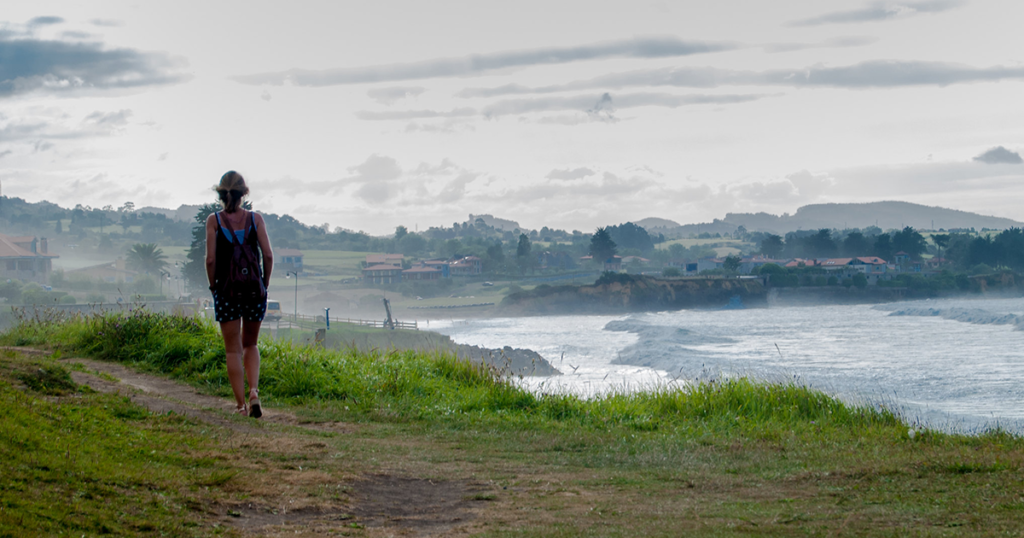
The new rules were clear: walking anywhere in the city, you needed a mask. But if you were walking in the countryside, you didn’t. Is this urban or rural, I found myself asking a friend when we met up for a walk in July, shortly after the new regulation went into effect. Only two possible answers, but a myriad of considerations. We were in an area of houses and fields, a few bars tucked in between them, a greenhouse close by, the hospital too, a school, a church. We didn’t know. The lanes were narrow with no center stripe or even any lines to mark the edges, brambles bordering them, and no sidewalks. Not urban, we decided, exchanging visible smiles as we set off together.
We crossed paths with a dozen people in an hour of wandering. Some of the people we saw thought as we did and wore no masks, a few did, and a few had masks tucked under their chins. The joggers and cyclists, free of the mask restriction, didn’t. No one appeared to question anyone else’s interpretation, and people passing nodded in a friendly fashion. Still, the question lingered: What’s the difference between urban and rural? Numbers of people on the street? The proportion of fields to houses? How high the walls are? Whether there are sidewalks or not? A few days later, at a meal with friends at the home of one of us, the topic came up. Is this rural or urban, we wondered, looking over the fence separating our friend’s yard from the next. The yard was small, the neighbors close. Yes, but within sight was an old farmstead and the wooden hórreo for storing grain. Fields covered a nearby hillside. You needed a bus or car to get anywhere. Ah, but there was a city bus, with a stop just around the corner, and it ran every half hour. Okay, but where were the sidewalks? Back and forth we went, until the owner said she had the answer. We waited. She paid taxes on an urban house. So once again it comes down to money. We laughed.
That was in summer. The city was hot, crowded, and full of life. Walking along the beachfront where two out of four lanes of traffic had been revamped for pedestrians and another turned into a bike lane, humanity was on display in vibrant colors and many shapes. The country was comparatively cool and empty. Now it’s late fall, and city and country alike are often muffled in fog or rain or whipped by nippy breezes. People are not strolling but hurrying, heads down, masks covering faces and hats covering heads. Both keep you warm. You might think the need for outdoors masks is less, but so is the need to bask in the gaze of fellow strollers. The question now is will we still need masks next summer? About that, too, there are two possible answers and a myriad of opinions.

